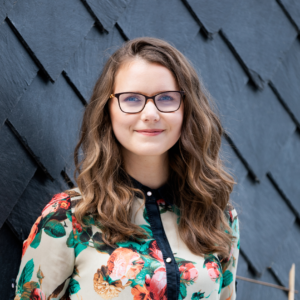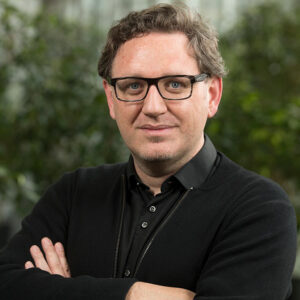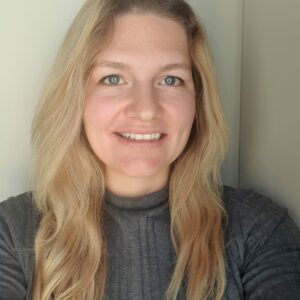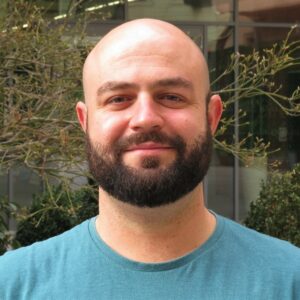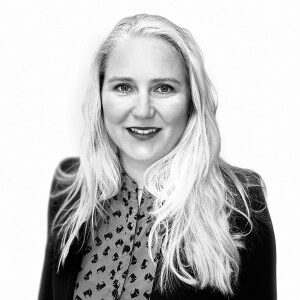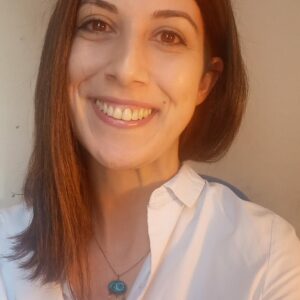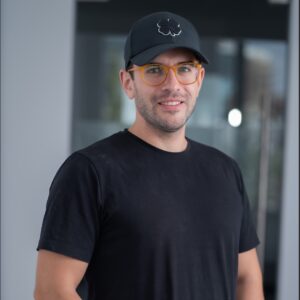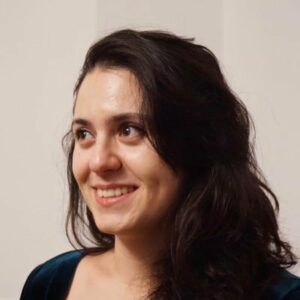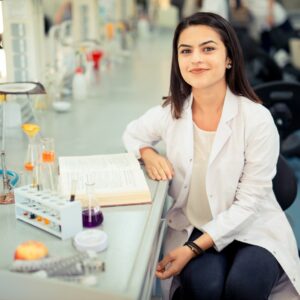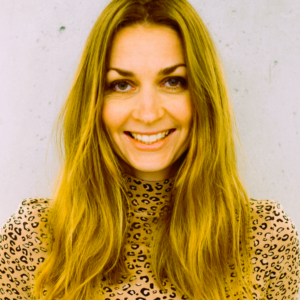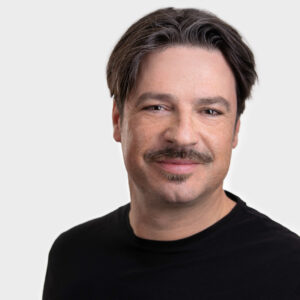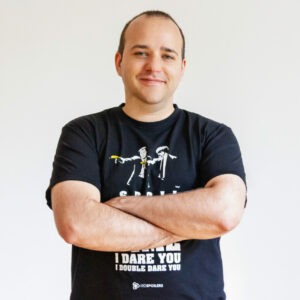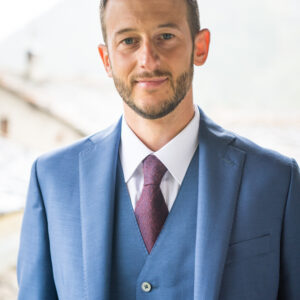Glossary
Curious to understand better the goal of SoTecIn Factory and the sustainable approach to transforming key value chains? Take a look at our Glossary designed to lead you smoothly through circular industry transition by:
1) Giving you the overview of SoTecIn Factory from A to Z
2) Providing you with Sustainable Industry Transformation 101 explanations
SoTecIn Factory from A to Z
Learn more about the SoTecIn Factory journey, its main actors and their activities within the project.
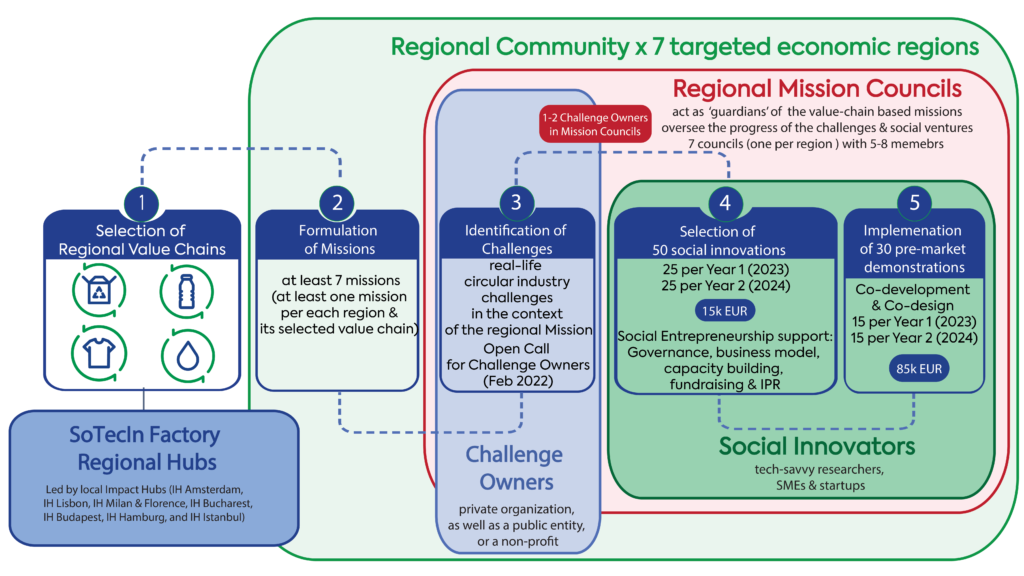
SoTecIn Factory’s activities span over 7 European economic regions. Each region encapsulates several countries, adding up to 31 states in total.
The following list represents the overview of 7 regions targeted by SoTecIn Factory.
- Netherlands (North-West, including Northern France, Belgium, Luxembourg, Ireland)
- Portugal (South-West, including Spain, Southern France);
- Italy (Centre-South, including Slovenia, Croatia, Malta);
- Romania (South-East, including Greece, Bulgaria, Cyprus, Serbia, Ukraine);
- Hungary (North-East, including Slovakia, Poland, Estonia, Lithuania, Latvia);
- Germany (Centre-North, including Denmark, Austria, Sweden, Finland).
- Turkey (East, including Armenia and Georgia)
The SoTecIn Factory has a physical presence across all of the 7 regions manifested through one local Impact Hub (IH) per region. The Regional hubs serve the whole region and drive venture-building and broader stakeholder engagement on the ground.
The activities of the 7 Regional Hubs are led and hosted by the project partner Impact Hub and its local branches: IH Amsterdam, IH Lisbon, IH Milan IH Bucharest, IH Budapest, IH Munich, and IH Istanbul in their respective regions.
Four out of the seven core value chains set by the EU as core priorities within the European Green Deal’s Key Product Value Chains of the Circular Economy Action Plan, form the sectoral focus area of each region from which specific missions and challenges are derived.
The targeted Key Product Value Chains are: Packaging, Plastics, Textiles, Food, Water and Nutrients.
Diverse actors and stakeholders across the 7 European regions convened by the local Impact Hub – ranging from social innovators and social entrepreneurs, to academics, industry leaders, NGOs, policymakers, and to activists and civil servants.
The community of regional stakeholders provide input to formulate the Mission related to the value chain and act as a general support network for the process and stakeholders of mission-led social innovation. It is also a handpicked and curated pool of potential Mission Council members.
The 7 regional hubs, together with consortia partners and the SoTecIn Factory Regional Communities, formulate at least 7 missions (at least one mission each), which are essentially broad but bounded aspirational objective(s) capturing the general value chain-based circular challenge(s) that the industry strives to solve with the use of social innovation-based tech solutions.
Solutions funded & supported by SoTecIn Factory should be demonstrated as an answer to a concrete Mission-based challenge or correspond to one of the real-life circular industry challenges previously selected by the project.
Check the selected Missions here
Total of 7 multi-stakeholder groups of selected experts (one per region) that oversee the achievement of a value- chain mission in given region of the SoTecIn Factory. Mission Council acts as a ‘guardian’ of this broader mission. It also comprises a range of different actors who share common traits – an interest in the outcome of the mission, value chain and context specific expertise, a local network to help its progression.
In the SoTecIn Factory context, the crux of this is overseeing the progression of the challenges by the challenge owners and solution providers – specifically, overseeing the development of the higher-R focused, early-stage enterprises, deployment of their solutions, and ensuring that the ventures stay focused on the overarching mission, even in the face of different external factors.
A well-defined critical problem that circular ventures incubated in SoTecIn Factory could aim to solve throughout the program.
Solutions funded & supported by SoTecIn Factory should be demonstrated as an answer to a concrete Mission-based challenge or correspond to one of the real-life circular industry challenges previously selected by the project.
Challenges are proposed by Challenge Owners and formulated in such a way that they not only support the challenge owners in meeting their needs, but importantly, contribute to a wider societal value through its contribution to the broader mission.
Check the Challenges (and their respective owners) here.
A part that contributes to setting a specific challenge within the context of the regional Mission. They are driven by the motivation to have the challenge solved, and support the solution-providers through funding, engagement, and deployment. A challenge owner can be a private organization, as well as a public entity, or a non-profit.
Solutions funded & supported by SoTecIn Factory should be demonstrated as an answer to a concrete Mission-based challenge or correspond to one of the real-life circular industry challenges previously selected by the project.
Check the Challenges (and their respective owners) here.
An individual or organisation, as part of the civil society, which is based in European Union or Horizon Associated Countries and strives to solve a circular industry challenge ( either based on the project or corresponding to one of the real-life circular industry challenges proposed by Challenge Owners) with their sustainable and tech-driven solution.
Apply via Open Call 1 for Social Innovators
Tech-driven & sustainable solution based on social innovation which is aimed at solving a circular industry challenge ( either based on the project or corresponding to one of the real-life circular industry challenges proposed by Challenge Owners).
Apply via Open Call 1 for Social Innovators
Sustainable Industry Transformation 101
Ready for a sustainable industry takeover? Learn more about the basics of such transformation and how SoTecIn Factory can help in your circular quest.
As defined by the European Commission, the goal of a circular economy is to maintain and maximize the value of products, materials and resources for as long as possible, enabling them to be used again and again, facilitated by smart product design at the beginning of the product’s lifecycle (EC, 2015).
The most prominent CE definition, widely adopted in the literature, is the one provided by The Ellen MacArthur Foundation (Farooque et al., 2019; Geissdoerfer et al., 2018; Kirchherr et al., 2017), that defines it as an economy that is restorative and regenerative by design, based on three principles:
- designing out waste and pollution,
- keeping products and materials in use and regenerating natural systems (EMF, 2019).
- It aims to ensure a continuous flow of materials through the value chain at its highest possible value (EMF, 2019).
Circular value chains systematically restore technical materials and regenerate biological materials toward a zero-waste vision through system-wide innovation in business models and supply chain functions from product/service design to end-of-life and waste management, involving all stakeholders in a product/service lifecycle including parts/product manufacturers, service providers, consumers, and users.
SoTecIn Factory supports the development of solutions that address the higher R circular strategies, ie. Refuse, Rethink, Reduce, Reuse, Repair, Refurbish and Remanufacture, as they more effectively retain and prolong the economic and material value of product and require fewer resources during production compared to Lower value R strategies: Recycle and Recover and Repurpose. Higher “R” circular strategies are, therefore, the key to drive systemic change in industrial value chains, an essential aspect to be developed by companies, in order to achieve resilience and sustainability in all its facets.
Wish to learn more about Higher “R” Circular Strategies? Read about them in our blog post.
As opposed to the short-term change focused on removing the symptoms, systems change is a lasting change in a system that has the ability to produce fundamentally different outcomes in a lasting way.
In the context of the SoTecIn Factory project, a system is a particular, pre-selected industrial value chain (Packaging; Plastics; Textiles;Food, water & nutrients). The change it intends to provoke is a circular transformation of the value chain through the proliferation of higher value “Rs”, maintaining the value of products and materials for as long as possible.
Throughout the course of the project, SoTecIn Factory will support intentionally designed ventures that have a purpose to contribute to the systems change.
These types of ventures are called systemic ventures which are particular types of social enterprises that use a systems approach in its activities, models and structures to achieve its system change objective. Systemic venture engages with the rest of the players in the system to contribute with experiences, knowledge and skills and contribute to wider positive change. Last but not least – it designs its ownership and governance that enables it to steward its purpose.
To be able to uncover the root causes of a challenge it addresses, ventures should use different tools to be able to understand what is required to change the way the system works – it needs to use the systems thinking – a philosophy, a set of tools that enables a holistic approach to analysis that focuses on how a system’s constituent parts interrelate and how systems work over time and within the context of larger systems.
In the context of the SoTecIn Factory project, systems thinking will be enabled through interaction of actors that search for Solutions, those that propose Solutions and those that support Solutions and make sure they contribute to the specific Mission of transforming targeted key value chain. Through their joint effort and mutual interaction, they will shape the venture, a spin-off of the project with the ambition for them to become steward-owned and commit to go beyond producing products for profit but do so in pursuit of a visionary mission ahead.
Social innovation refers to the development and implementation of new ideas, products, services, and models that address social, environmental, and economic challenges faced by communities or society as a whole. Social innovation often involves the application of novel solutions, approaches, and technologies to tackle social problems such as poverty, inequality, unemployment, climate change, and healthcare access.
In the context of SoTecIn Factory, social innovations will be exhibited by early stage mission-driven organisations based anywhere in Europe, that need to solve the given challenge within the specific regional context where the challenge is set. The term Social innovator is used to broadly capture the team behind the social enterprise that SoTecIn Factory will spin-off.
The aim is for all of the SoTecIn Factory ventures to be purpose-driven, and for as many of the ventures created in this project to be structured as steward-owned (SO) companies. Oftentimes the purpose of the company can be diluted or drifted from due to external factors such as investors, market forces, or changing shareholder preferences. Steward-ownership is an answer to this problem, as an alternative to conventional company ownership (based on shareholder primacy) that permanently secures a company’s mission and independence in its legal DNA.
Steward-owned companies are committed to two core principles that enable companies to remain independent, purpose-driven, and values-led over the long-term:
- Self-governance
Control remains inside the company with the people directly connected to stewarding its operation and mission. With the control of the company held in a trust, it can no longer be bought or sold.
- Profits serve purpose
Wealth generated by these businesses cannot be privatised. Instead, profits serve the mission of the company, and are either reinvested in the company, stakeholders, or donated. Investors and founders are fairly compensated with capped returns/ dividends.
The SoTecIn project’s aim is to pilot an innovative way to drive the process of mission-driven venture building focused on circular innovation.
SoTecIn Factory gathers different actors and stakeholder groups leveraging different experiences, perspectives and skills to work out solutions focused on a determined Mission within the circular innovation of key industrial value chains. Mission will be protected through a specifically designed stewardship model – Mission Council – a multi-stakeholder group of selected experts focused on furthering the circular Mission related to the determined value chain and preventing any potential mission-drift throughout the duration of the project.
SoTecIn Factory project will use an open innovation approach to the process of venture building. This will allow it to leverage the multidisciplinary character of the consortium on one hand, and the development of new models of collaboration on the other hand. The SoTecIn Factory Community is at the center of this open innovation approach, alongside the consortium and Challenge Owners.
This will involve a collaborative approach to understanding problem and solution spaces, co-developing solutions and deploying them in a manner that creates shared societal value:
- Understand the problem and solution space: Follow a multi-stakeholder process to understand the problem landscape and to map out existing solutions deployed across the 7 European regions (i.e., who are the players, what has worked and what has not in the past and why, where are perceived critical gaps, etc.), gathering input from diverse stakeholder groups.
- Co-develop solutions: Leverage the community towards a co-creation and co-design process when developing and deploying solutions with social innovators by allowing them to provide input and validate venture concepts and their respective strategies.
- Open approaches to IP: Encourage a suitable approach to intellectual property for each social innovator that maximises societal value and enables others to leverage their insights to progress the wider mission, whilst being aligned with the innovator’s commercial strategy.
- Shared decision-making: Engage a wide range of stakeholders in joint decision-making, 1) selecting challenge owners and value chain challenges, 2) selecting the most promising solutions.
- Share program-level learnings: Systematically share the knowledge developed in the project (including blueprint development to facilitate replication) to maximise impact and to codify new collaborative, open innovation models that have worked throughout the project.


